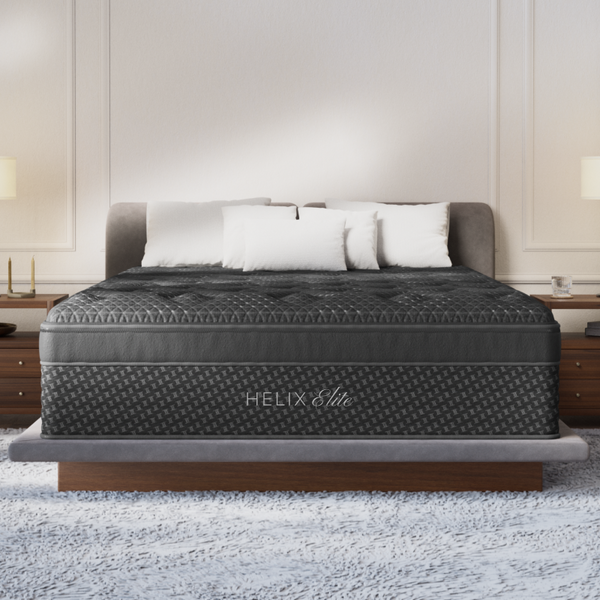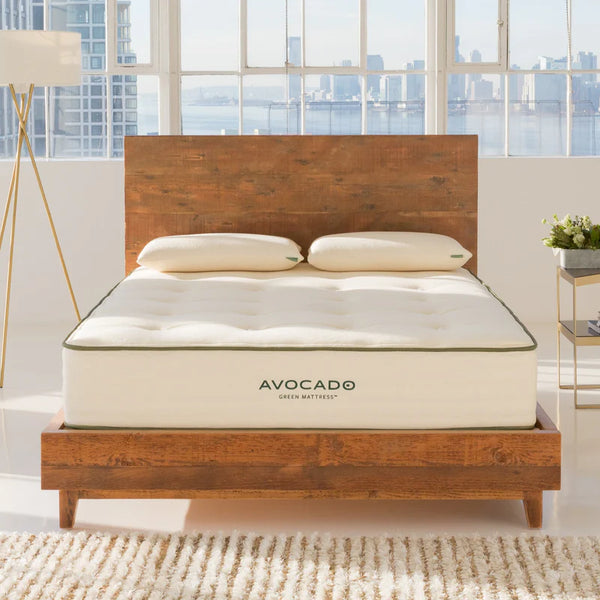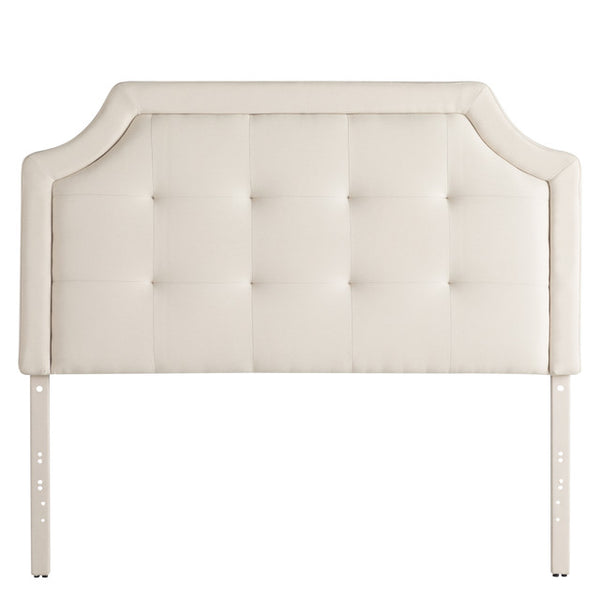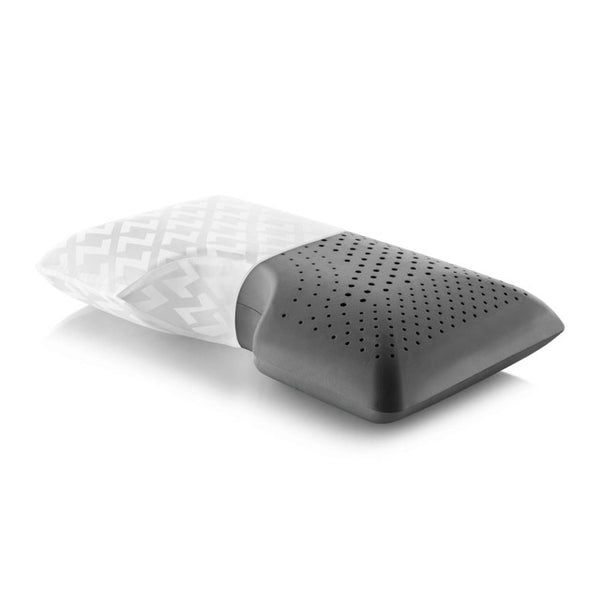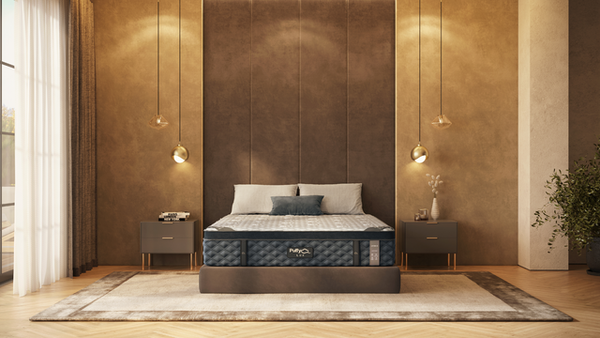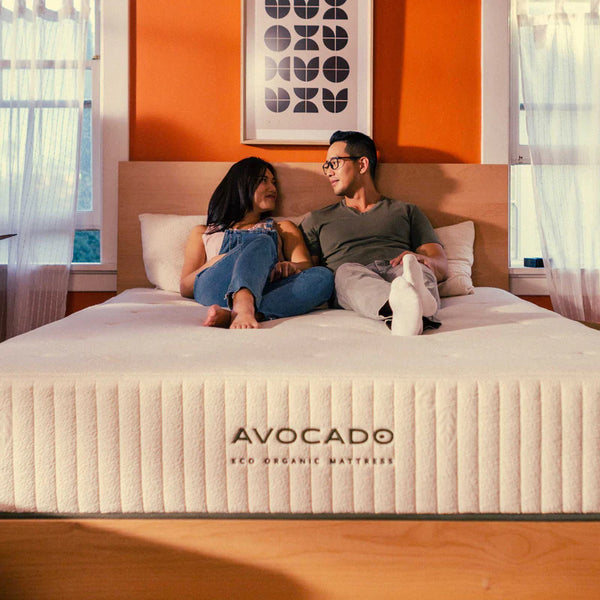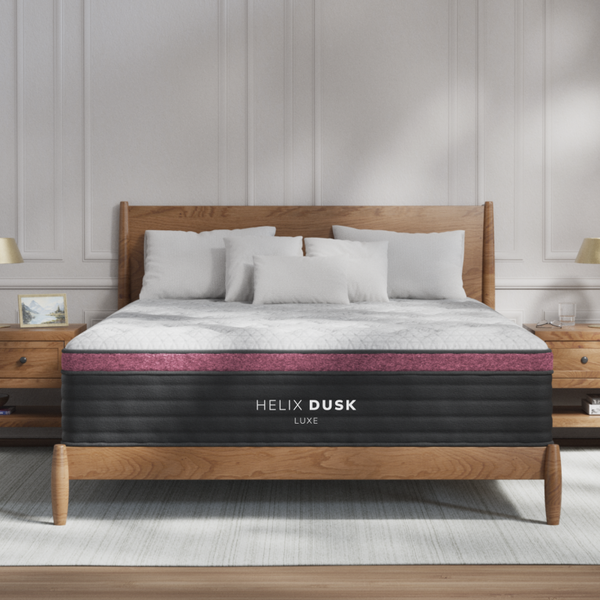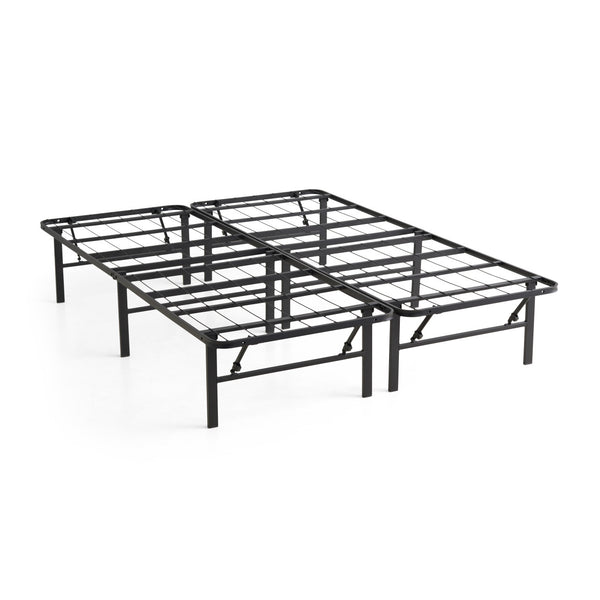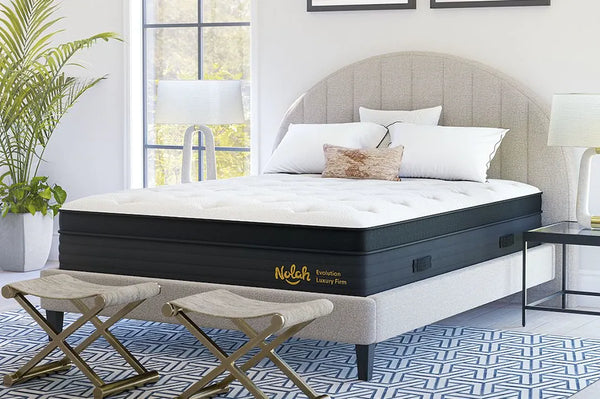What Mattress Material Lasts the Longest?
Based on its type, materials used and how it’s being used, there are various factors that can determine a mattress’ lifespan. From innersprings and hybrids to memory foam and latex mattresses – here are the materials which typically outlive others.
No matter the material, all mattresses will eventually develop body impressions or sag over time. Proper mattress maintenance can extend its lifespan.
Memory Foam
These mattresses are specifically designed to offer optimal comfort, cradling the body while relieving pressure at key areas like hips and shoulders. Ideal for side sleepers but equally suitable for back and stomach sleepers depending on firmness levels and layer configurations.
Memory foam, a polyurethane foam variety, takes its name from its ability to mold to what presses into it. When lying down, memory foam contours to your body before returning back into shape when moving around – an ability which has earned it widespread usage as a support layer in hybrid and innerspring mattresses, as well as all-foam models.
Memory foam mattress types tend to outperform other mattress options when it comes to durability; however, their lifespan will still depend on both their quality and how well you care for it.
Foam or hybrid mattresses typically last approximately 10-12 years with proper care, though that timeframe can differ depending on individual sleep needs and maintenance habits. Heavier people tend to wear out their mattress quicker due to body weight; furthermore, mattresses not regularly cleaned can become breeding grounds for bacteria; for optimal performance it is advised that sheets be washed regularly as well as mattress cover being professionally cleaned every three or five years.
Latex
Latex mattresses are widely considered the optimal material for hot sleepers, while also being eco-friendly choices. Natural latex comes from rubber trees without herbicides or pesticides needed to survive; once harvested it can be reused again or recycled into another product; plus when combined with organic cotton covers it helps dissipate heat much better than any other mattress material can.
Natural or organic latex mattresses tend to outlive traditional spring or hybrid models in terms of lifespan, yet are typically more expensive. If budget is an issue when shopping for latex mattresses, consider opting for ones without as many extra features such as silk pillow-tops.
A mattress’s longevity depends heavily on its type of latex. There are two primary varieties – natural and synthetic. Many brands provide hybrid options; synthetic latex is made out of faux rubber that feels similar to natural, but tends to be cheaper and less durable than its natural counterparts.
When shopping for an organic or natural latex mattress, make sure that it has certification from third-party organizations that are dedicated to environmental and health standards, such as Global Organic Latex Standard (GOLS) or Rainforest Alliance. In addition, look out for mattresses from companies who test for chemicals and other harmful substances before offering certifications for these mattresses.
Polyurethane
When it comes to the lifespan of a mattress, material composition plays a large part. Innerspring mattresses tend to last the shortest while memory foam or latex may outlive its predecessors in durability and lifespan. Furthermore, quality can have an enormous effect on longevity of its construction materials.
Memory foam mattresses made with higher-density foam tend to last about ten years on average, while mattresses featuring lower-density foam may only last six years on average due to it not conforming as closely to your body and sagging more quickly.
Rotating a mattress every three months during its first year can also extend its longevity by evenly dispersing wear, as this prevents excessive body indentations from occurring.
For long-lasting support and durability, polyurethane foam mattresses may be your ideal choice. This type of mattress typically lasts anywhere between eight and 15 years depending on its brand and thickness of foam used to manufacture it.
However, to extend its lifespan as much as possible, ensure you follow its care instructions accordingly. This includes keeping it clean by preventing spills and stains as well as turning it regularly to prevent over-sagging.
Coils
No matter if you’re shopping for an innerspring or foam mattress, coil density plays a key role in durability. More specifically, thicker coils indicate longer lifespan. With quality coils providing a strong structure to withstand wear-and-tear wearover time. However, other factors like body weight and sleeping position could impede longevity over time.
Traditional innerspring mattresses feature open coils connected by grid wire, sharing equal loads with their neighbors. If one coil breaks, this could have serious repercussions for all its neighbors causing premature sag. By contrast, pocket sprung mattresses utilize individual coils sewn into pockets within the mattress which ensure that should one fail, it won’t have the same impact on others.
Amerisleep’s AS5 Hybrid Mattress features pocketed coils in its bottom layer, combined with two inches of Active Flex latex-like transition material to reduce hip sinkage and ensure quality edge support and near-complete motion isolation for deeper sleep. To add to these benefits, there is also a microcoil layer which serves to moderate stiffness throughout, before 3 inches of GOLS organic certified latex rubber which responds individually for excellent pressure relief, and finally, an organic cotton cover completes its design.

